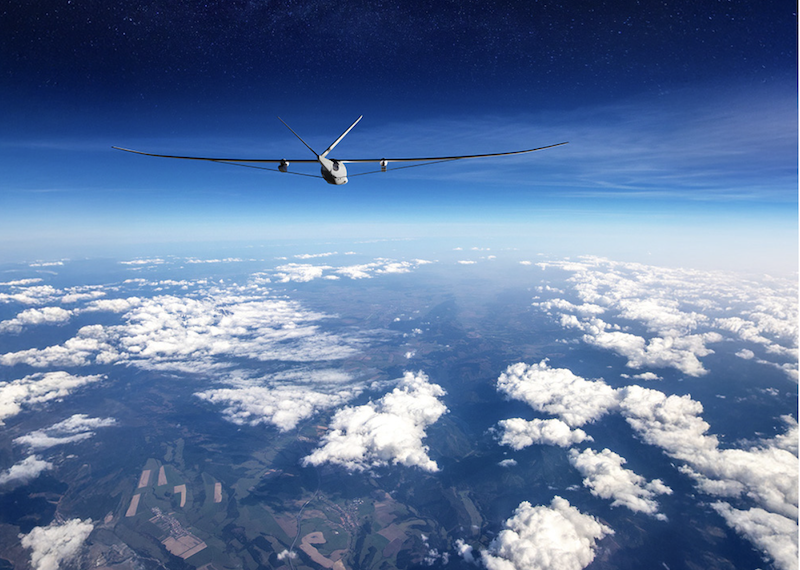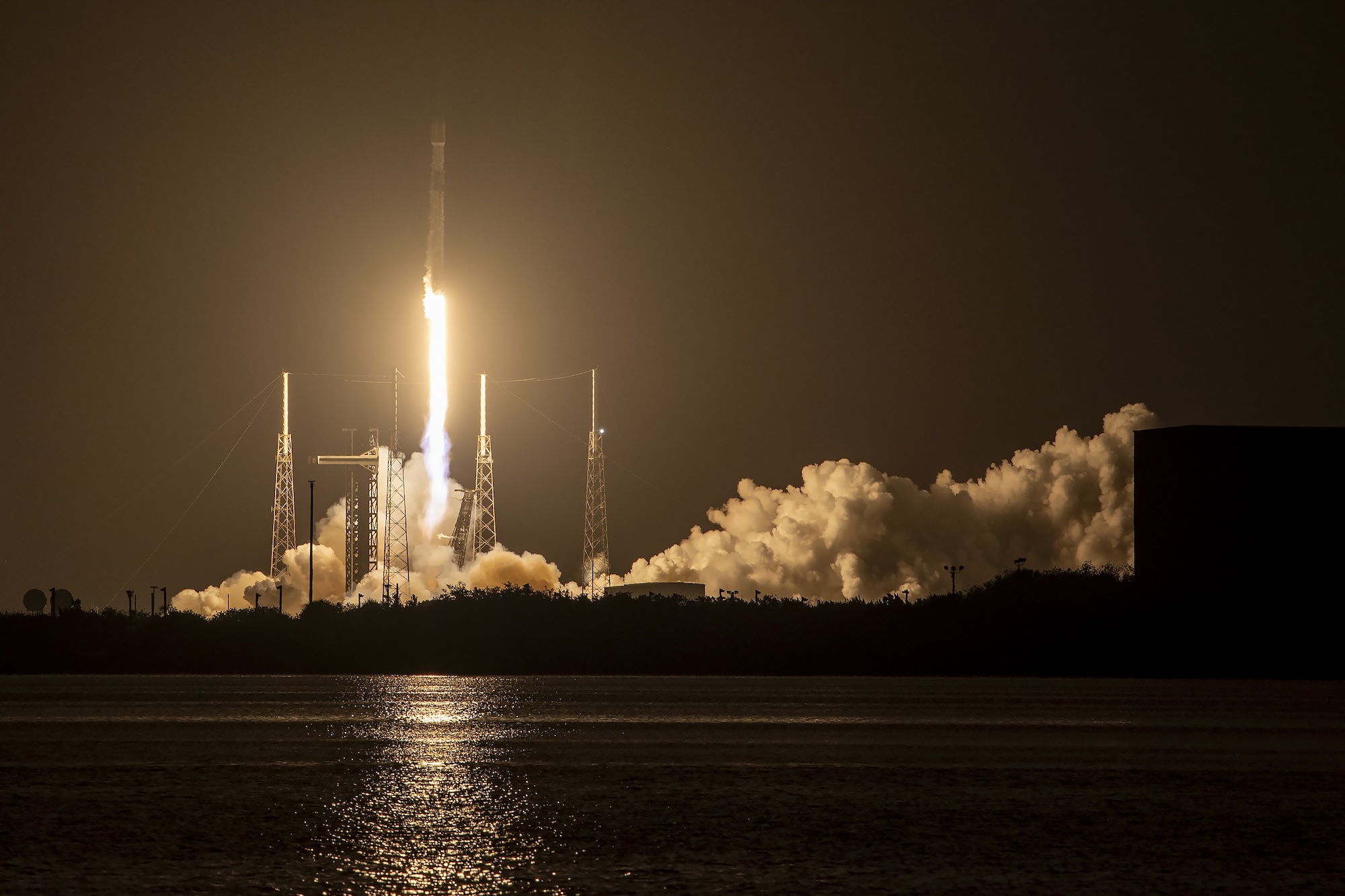World Mobile is launching a revolutionary blockchain-enabled 5G network that utilizes hydrogen-powered drones to deliver wireless connectivity directly to users worldwide.
-
World Mobile’s drones can cover up to 15,000 square kilometers, significantly outperforming traditional satellite services.
-
The network promises lower costs, offering services up to 18 times cheaper per gigabyte than satellite-based solutions.
-
Hydrogen-powered drones are designed for long-duration flights, aiming for nine days of continuous operation.
World Mobile is set to transform telecommunications with its innovative drone-based 5G network, providing affordable connectivity to underserved regions.
| Feature | World Mobile | Traditional Satellite |
|---|---|---|
| Coverage Area | 15,000 km² per drone | Varies |
| Cost per GB | Up to 18x cheaper | Higher |
| Latency | 6ms | Higher |
What is World Mobile’s Drone-Based 5G Network?
World Mobile’s drone-based 5G network is a pioneering initiative that uses hydrogen-powered drones flying at 60,000 feet to provide wireless connectivity. This innovative approach aims to bridge gaps in traditional telecommunications infrastructure.
How Does the Drone Network Operate?
The drones are equipped with 450 guidable beams that allow them to cover vast areas efficiently. Each drone can operate for up to nine days, ensuring continuous service in regions lacking reliable connectivity.
Frequently Asked Questions
What are the main advantages of using drones for telecommunications?
Drones can cover large areas, reduce costs significantly, and provide faster service compared to traditional methods, making them ideal for reaching remote locations.
How long can the drones operate without landing?
The hydrogen-powered drones are designed to remain airborne for up to nine days, ensuring extended service availability in various regions.
Key Takeaways
- Innovative Technology: World Mobile’s use of drones represents a significant advancement in telecommunications.
- Cost Efficiency: The network offers services at a fraction of the cost of traditional satellite solutions.
- Extended Coverage: The ability to cover vast areas makes it a game-changer for underserved communities.
Conclusion
World Mobile’s drone-based 5G network is poised to revolutionize telecommunications by providing affordable, efficient connectivity to underserved regions. This innovative approach not only enhances service delivery but also sets a new standard for the industry.
-
World Mobile is launching a blockchain-enabled 5G network using drones to beam connectivity directly to users worldwide.
-
The project, partnered with Indonesian telecom company Protelindo, is designed to bridge gaps left by traditional communication infrastructure worldwide.
-
This aerial network outperforms satellite-based telecommunications, with “6ms of total latency,” allowing it to provide service “up to 18 times cheaper” per gigabyte than space-based infrastructure.

The company is attempting to take a slice of the sky-based communications pie, a $98.3 billion sector, which includes satellite and aerial-based communications platforms.
World Mobile has already established a ground-based decentralized physical infrastructure network (DePin) that mixes traditional telecom infrastructure and independent, distributed providers to extend service to underserved communities by patching dead zones.
Challenges to Launching Atmospheric-Based Telecommunication Networks
Launching and maintaining a stratospheric-based communication platform carries several technical and regulatory challenges. The company is aiming for each hydrogen-powered drone, which has a 56-meter wingspan and weighs four tons, to remain airborne for nine days before it must land at a designated refueling station.
This means the craft, and its fuel source, must be as light as possible to achieve maximum fuel efficiency and remain aloft, while also ensuring robust construction that can withstand weather conditions at lower altitudes in the atmosphere.

At altitudes of 60,000 feet, the drones will sit above weather systems. The Stratosphere also has calmer winds than at lower altitudes, where turbulence can be an issue.
However, even in the stratosphere, the drones must still be protected from cosmic radiation, which can damage electronic equipment. Similarly, the side of the drone facing the sun will be bombarded with heat, which must be displaced to prevent damage.
Meeting regulatory requirements outlined by civil aviation authorities like the Federal Aviation Administration (FAA) in the United States and the European Aviation Safety Agency (EASA) is also a challenge for such projects.
This includes acquiring permits to fly unmanned aerial vehicles (UAVs) and building each drone to standards outlined by government aviation agencies.
World Mobile Faces Competition from the Ground and Space
World Mobile has several competitors in both decentralized wireless networks and space-based communication platforms. Helium Mobile, for instance, is a decentralized protocol that combines a distributed network of wireless nodes and partnerships with established telecom companies like AT&T to extend wireless coverage and provide service to dead zones.

Elon Musk’s Starlink, which provides internet connectivity through satellites, is also competing for market share in communication infrastructure, although the two companies fill a different niche, Barnett told Cointelegraph.
Starlink is more suited to deliver service to remote areas without any cellular connectivity, while World Mobile Stratospheric is suited to areas with a higher density of mobile users, Barnett added.
The satellite communication platform also requires purchasing dedicated hardware for connectivity, Barnett said.
